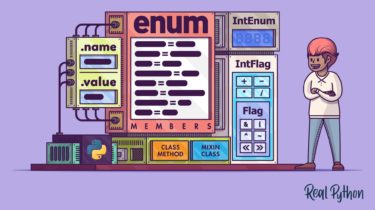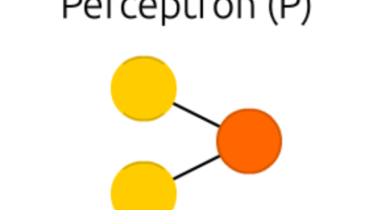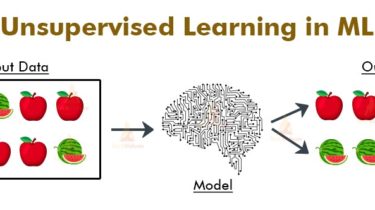Build Enumerations of Constants With Python’s Enum
Python’s enum module provides the Enum class, which allows you to create enumeration types. To create your own enumerations, you can either subclass Enum or use its functional API. Both options will let you define a set of related constants as enum members. In the following sections, you’ll learn how to create enumerations in your code using the Enum class. You’ll also learn how to set automatically generated values for your enums and how to create enumerations containing alias and […]
Read more






